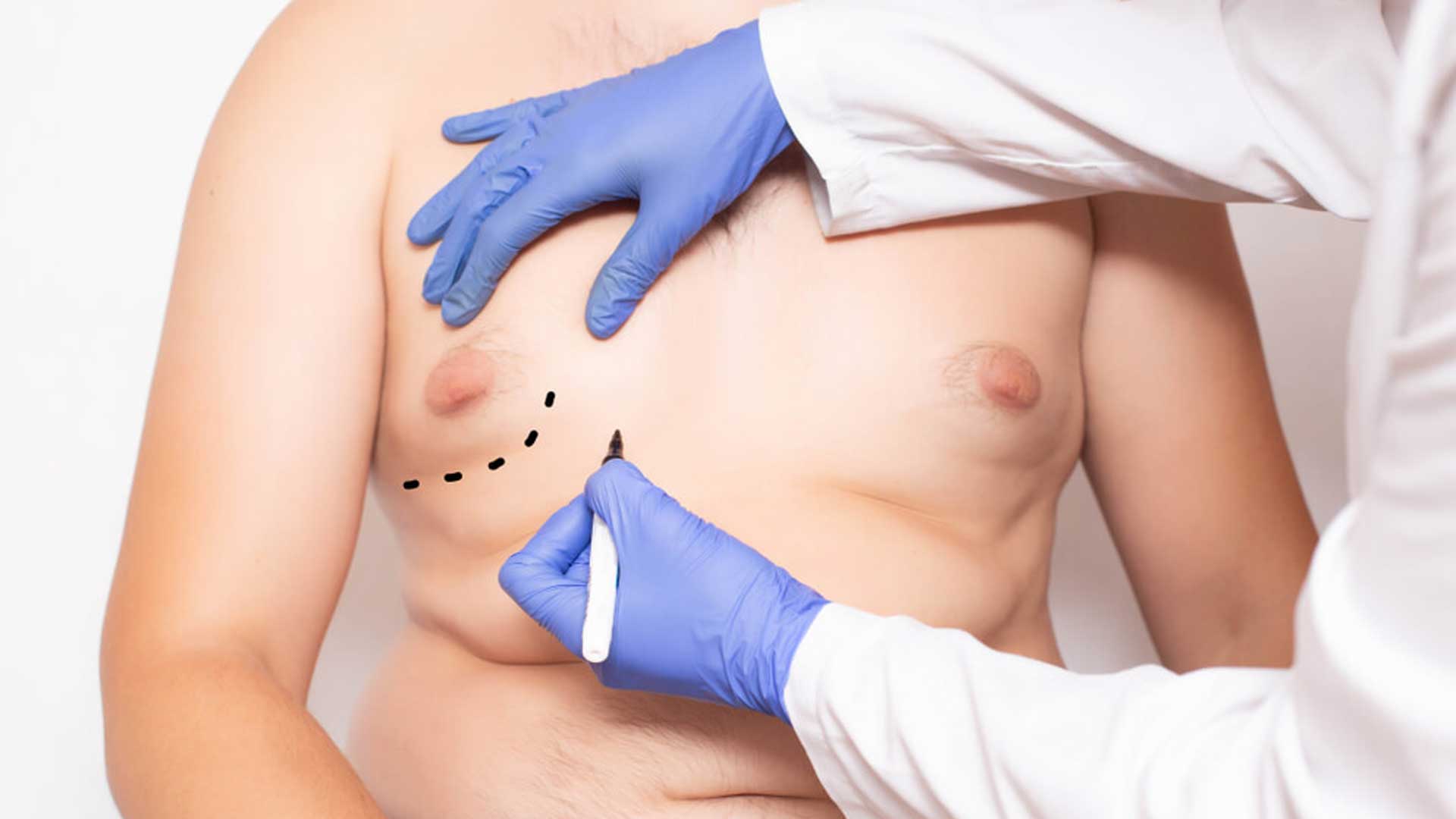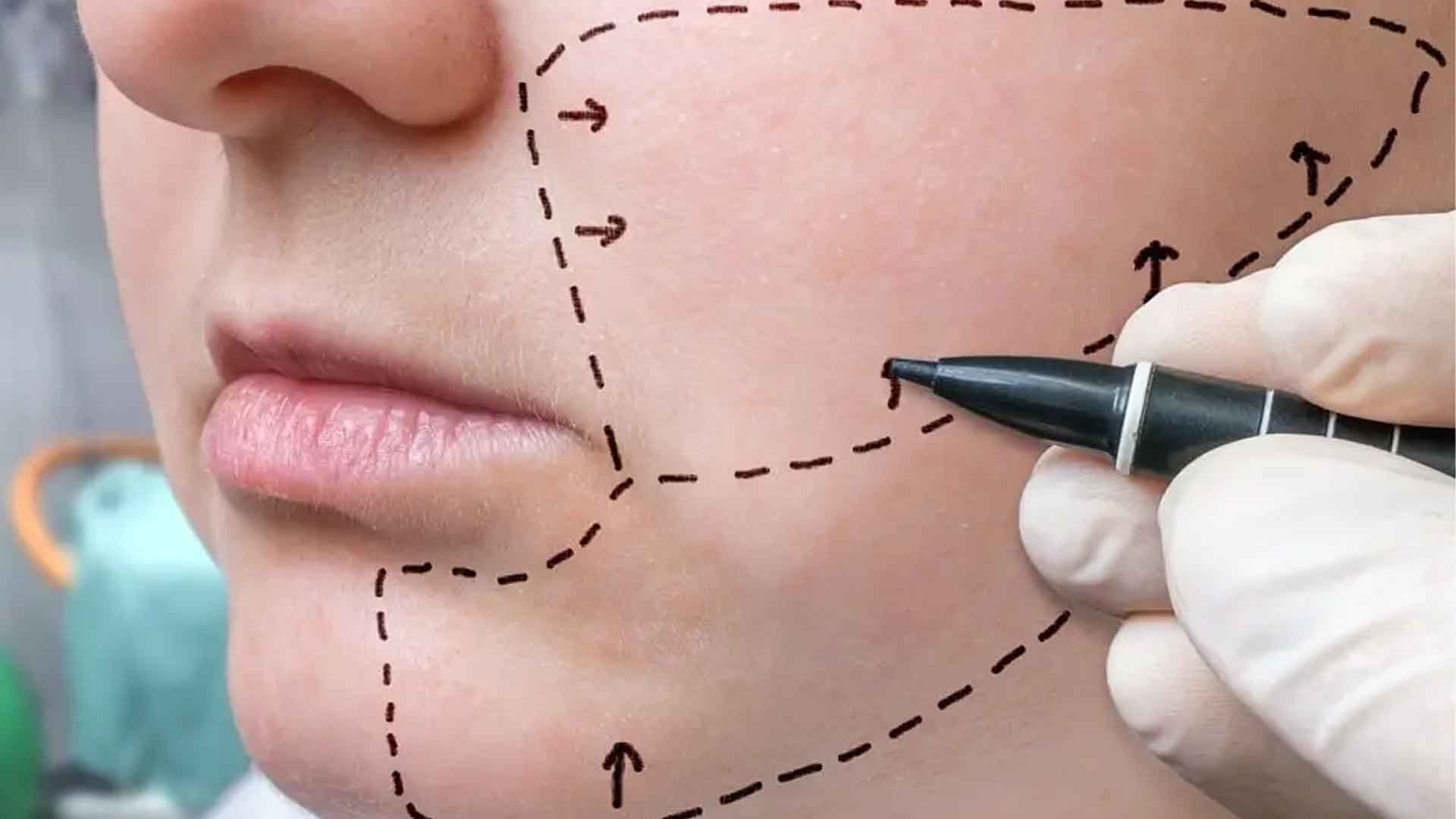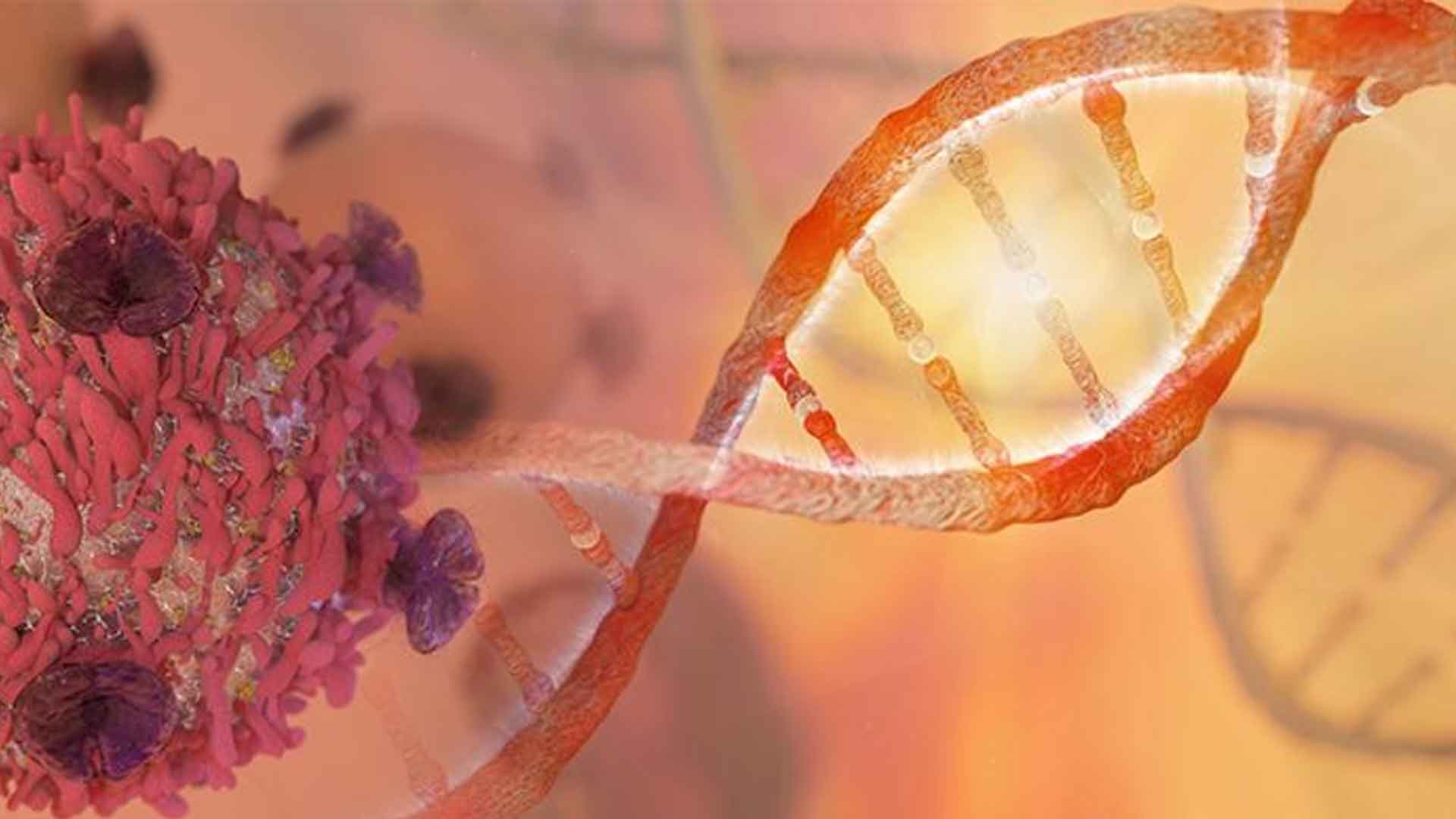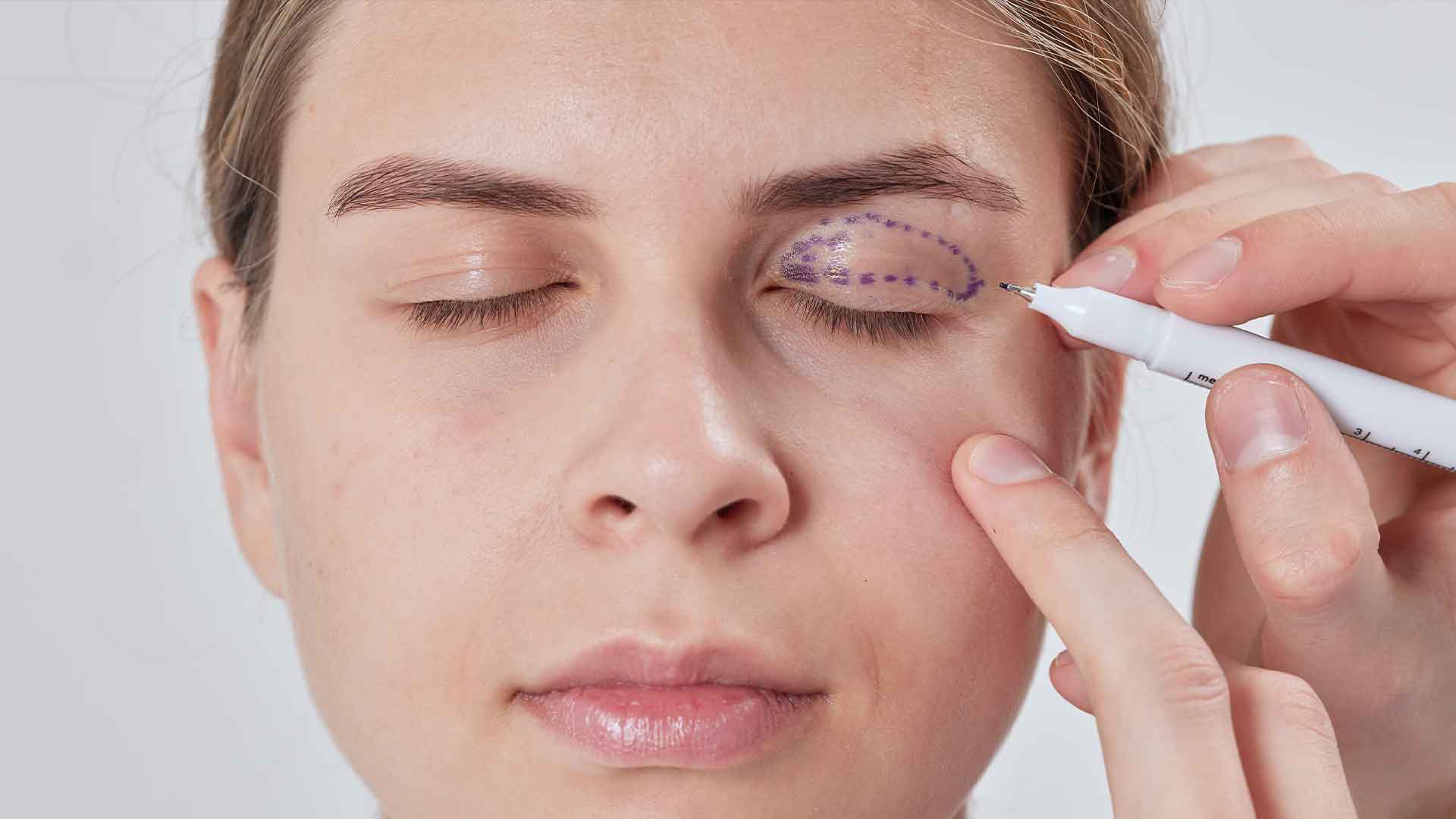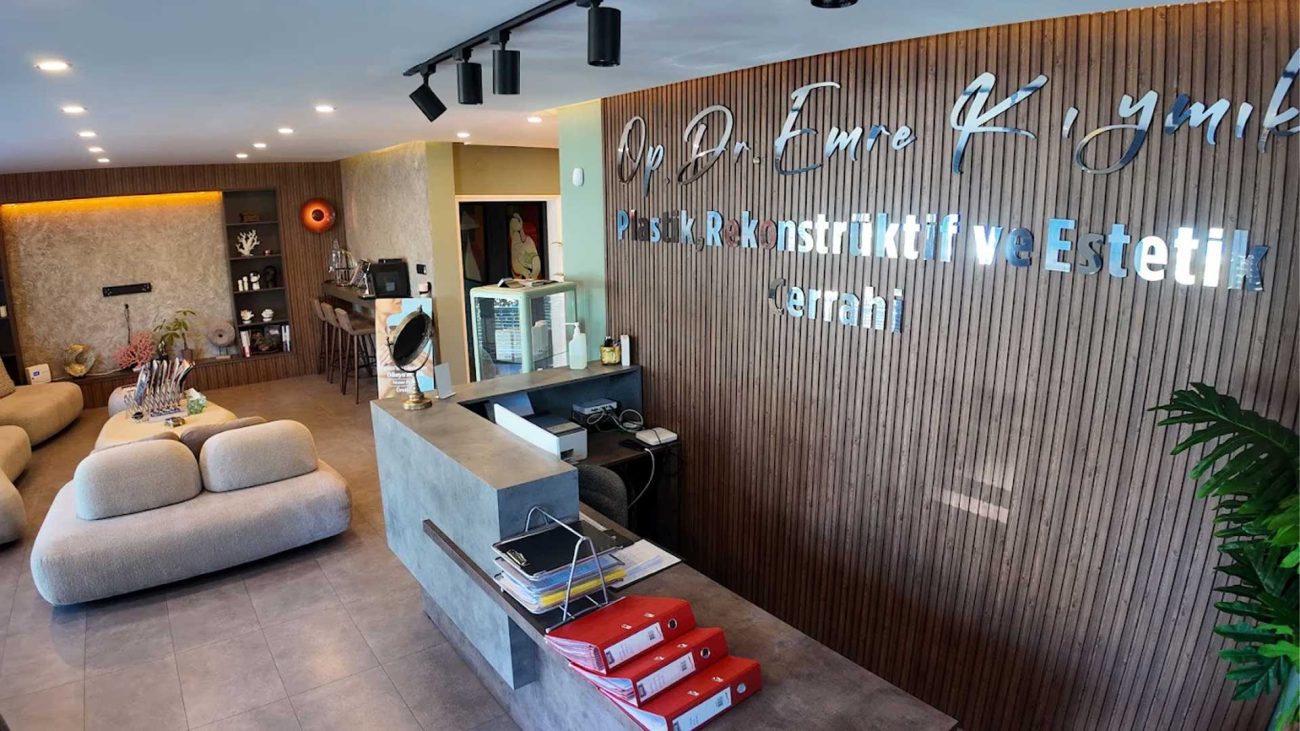RECONSTRUCTIVE BREAST SURGERY
Breast reconstruction is also known as breast restoration surgery. In breast reconstruction, different techniques are used to restore the shape and form of the breast. It is a procedure performed following surgeries where the breast is completely or partially removed, particularly in cases of breast cancer.
What methods are used for breast reconstruction?
There are basically two different methods.
- Breast augmentation with silicone implants or tissue expanders.
- Breast reconstruction using the patient’s own tissue (autologous tissue).
The choice of technique depends on the patient’s general condition, the structural characteristics of the chest wall, the amount of tissue deficiency, and the preferences of the patient and doctor.
What is the Right Timing for Breast Reconstruction?
Many women who have had a breast removed due to cancer can undergo breast reconstruction surgery. Breast reconstruction surgery is performed either at the same time as the breast removal (simultaneous reconstruction) or at a later stage (delayed reconstruction), as deemed appropriate by the doctor.
How many sessions does breast reconstruction take?
The reconstruction of a breast removed due to breast cancer can be completed in two or three sessions. The first surgery involves reconstructing the removed breast as a mass. The second surgery ensures that both breasts are as similar as possible in shape and size. The third session involves creating a nipple for the reconstructed breast. We can consider the first surgery as major, the second as moderate, and the third as minor.
Warnings
- Blood-thinning medications such as aspirin should be discontinued before surgery.
- Beverages such as green tea and red wine, which have a blood-thinning effect, and foods such as garlic, sour cherry, cherry, and pomegranate should be avoided. Any herbal remedies, Chinese or Japanese medicinal substances that are not considered drugs should be avoided.
- If blood pressure (hypertension) is high, it should be treated, and if the patient is undergoing treatment, they must take their medication.
Recovery Process
- The stitches may cause pain and soreness for a few days.
- Patients should wear special supportive bras day and night for 4-8 weeks.
- You can return to work after 10 days, and strenuous activity is prohibited for 6 weeks.
- Swelling in the surgical area subsides within 1-2 months, and the breast shape fully settles.
- Patients can be discharged after staying for two nights. Drains can be removed the next day or in 3-5 days, depending on the amount of fluid collected (if less than 30 ml per day). Pain control is administered intravenously with painkillers, and after discharge, patients switch to tablets. Antibiotics are used for 5-10 days after surgery. Antibiotics are continued for as long as the drains remain in place.
- Avoid excessive lifting and strenuous exercise for 3-6 months (if the breast was created using a TRAM flap from the abdominal area).
- Six months after surgery, a mammogram should be performed on every patient over the age of 35.
Lower Jaw Advancement
It is a surgical treatment method applied to correct structural abnormalities in the patient’s lower jaw and asymmetrical appearance. The patient’s lower jaw may be too far forward or too far back.
WHERE AND HOW IS LOWER JAW SURGERY PERFORMED?
Lower jaw surgery is performed in a hospital under general anesthesia. To prevent infections that may occur in this type of surgery, it must be performed in a fully equipped hospital under sterile surgical conditions. As long as these precautions are taken, the risk of infection is extremely low.
Who is eligible for lower jaw surgery?
- Presence of abnormalities or skeletal problems in the lower jawbone in young people over the age of 18 and adults
- The lower jaw protruding beyond the upper jaw (prognathism)
- The lower jaw being set back relative to the upper jaw (micrognathism)
- The lower jaw being on the right or left side
- Whether the chin is small or large
- Protruding or receding chin
- Facial asymmetry
- Problems such as chewing, speaking, aesthetic and functional complaints may require lower jaw surgery
Such problems may require lower jaw surgery.
Postoperative Care Instructions
- Antibiotic treatment is administered postoperatively as a precaution.
- Painkillers and muscle relaxants should be used for any pain that may occur.
- Liquid foods should be consumed during the first few weeks. After that, you can move on to soft foods.
- The initial bandages are removed within 3-4 days and the stitches can be taken out.
- Patients can return to their normal lives one week after undergoing lower jaw surgery.
Upper Jaw Surgery
If the upper jaw is smaller than normal or set back, the upper jawbone is cut and moved forward, and bone tissue is grafted into the resulting gap. It is secured with titanium plates and screws. In cases where the upper jaw is protruding or overdeveloped, bone tissue is cut and the upper jaw is moved backward.
Who is upper jaw advancement suitable for?
Upper jaw surgery can be performed on adults over the age of 18 whose jaw and bone development is complete. Upper jaw surgery is not performed on its own; orthodontic treatment must have been completed or be ongoing. The surgery is performed during orthodontic treatment and before braces are removed.
Upper Jaw Surgery Recovery Process
Following upper jaw surgery, patients receive pain relief, antibiotics, and treatments to reduce facial swelling, along with supportive therapy using intravenous fluids. It is very rare for the patient to require intensive care. The patient begins eating liquid foods on the same day. Once the patient’s general condition has improved, usually 2-4 days after surgery, the upper and lower jaw teeth are fixed together with rubber bands and the mouth is closed for 1-3 weeks. This makes bone healing safer.
POST-OPERATIVE CARE FOR UPPER JAW SURGERY:
- Take the pain reliever your doctor has prescribed 1-2 hours after the procedure.
- You should not eat or drink for 2 hours after surgery.
- The sterile gauze placed after surgery should be bitten down on firmly for 30 minutes.
- Take the antibiotic your doctor prescribed at the prescribed time.
- After dental surgery, you should avoid very hot and cold foods and drinks.
- Avoid spitting for 1-2 days.
- If you notice a white appearance in the surgical area 2-3 days later, you should be aware that this is normal.
- Smoking and alcohol should be avoided for 2-3 days after jaw surgery procedures.
- If your pain does not go away with your pain reliever, inform your doctor.
- Tooth brushing and mouthwash should be started one day after surgery.
- If you encounter an unexpected situation, be sure to notify your doctor.


